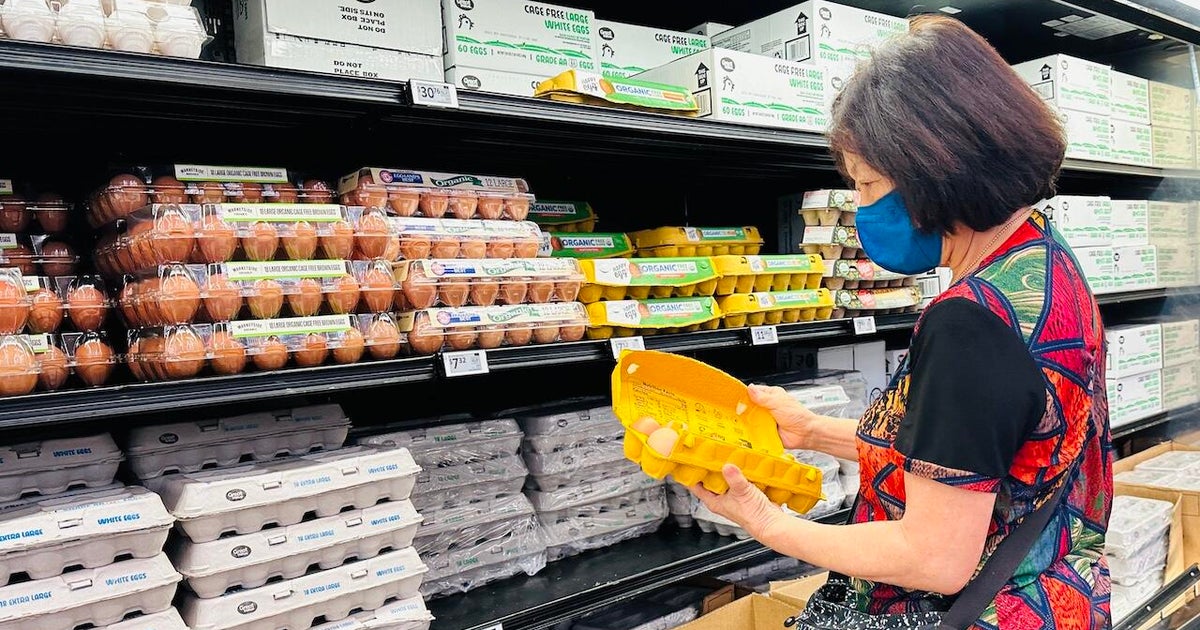

On a hot and sticky day in Fiji in 2014, Guillaume Chomicki, an evolutionary biologist at Durham University in England, cut into a tuber the size of a soccer ball with a few leafy branches.
The plant belonged to Squamellaria, a collection of species that grow on trees and are known for housing buckets of ants in what Dr. Chomicki previously showed to be a mutually beneficial relationship.
Each type of Squamellaria specializes in offering a different species of ant a nesting site that’s safe from predators and torrential rains. (In rainforests, there is a glut of ants with a scarcity of lodging options.) The ants, in return, provide crucial nutrients in the form of their feces to the rootless plants. The ants also carry the plants’ seeds to new bark crevices, allowing the next generation to flourish.
As Dr. Chomicki dissected the tuber, expecting to find a single kind of ant, he instead discovered something surprising — two distinct colonies of ants belonging to two different species.
Different groups of ants are notoriously violent toward one another, so Dr. Chomicki was puzzled by how the species could coexist without causing the whole plant-insect enterprise to collapse.
In a paper published Thursday in the journal Science, Dr. Chomicki and his colleagues show that some of these plants manage to serve as careful landlords, creating individual housing for up to five colonies of different species of ants, each within its own separate compartment. This feat of botanical architecture allows the insects to cohabit peacefully, creating abundance for multiple colonies and species within a single tuber.
To study Squamellaria, Dr. Chomicki and his colleagues first had to collect them by climbing trees in the Fijian rainforest, sometimes to heights of 40 feet. “It is very challenging,” he said. “Because of where they are on the trees — often in small branches or in places where there is no way to anchor a rope — most of them are quite inaccessible.” Still, the team managed to collect enough specimens to study them in a CT scanner in a lab in Munich.
When Dr. Chomicki had sliced them open manually, their internal structure was instantly destroyed. But as soon as he examined the noninvasive 3-D scans, he observed self-contained, layered chambers.
“It’s like multiple apartments with separate entrances,” he said.
The scans were “crucial for understanding the interior architecture, which we would never have gotten otherwise,” said Susanne Renner, a biologist at Washington University in St. Louis and an author on the paper.
As the plant grows, it adds one compartment at a time, each filling in succession with any one of at least 18 possible species of ants.
The researchers then wanted to determine whether the compartmentalization was enough to keep the peace between the tiny but fierce inhabitants. So they surgically removed the walls separating two ant species with a knife.
“It’s just amazing,” Dr. Renner said. “They immediately fight to the death.” Thousands of worker ants became locked in ferocious battle and within half an hour, nearly all were dead.
“When you disrupt compartmentalization, there is no stability anymore,” Dr. Chomicki said. “They are able to live side by side as long as you have a border, as long as the nests are kept separate.” The plant benefits because presumably the more ants that reside inside the tuber, the more fertilization they can provide. And if one of the queens or colonies should die, the plant has platoons of backup residents.
Marjorie Weber, an evolutionary ecologist at the University of Michigan who wasn’t involved in the research, observed that historically, the study of interactions between species has focused on competition, predation and parasitism — the notion that nature is red in tooth and claw.
“Don’t get me wrong,” she said. “There’s lots of great research on cooperation, but the thing that set this one apart is that it was demonstrating how species could engage with multiple partners in a stable way.”
“For a plant that can’t move, being able to create a home for the ants so that they give services is such an incredibly cool innovation,” Dr. Weber added. “It’s like using this amazing built-in army.”








-3.png)



